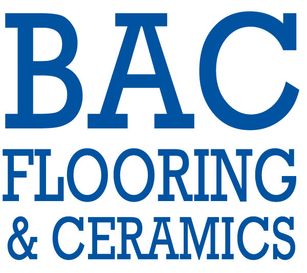At BAC Flooring & Ceramics, we pride ourselves on delivering expert flooring and tiling solutions tailored to a wide range of industries. From retail and hospitality to healthcare, education, leisure, and residential spaces, our team combines quality materials with precision installation to create finishes that last. Whether you need durable safety flooring, stylish carpet tiles, modern vinyl finishes or ceramic tiles, we provide a seamless service from consultation through to completion. With a commitment to reliability, craftsmanship, and minimal disruption, BAC Flooring & Ceramics is your trusted partner for professional flooring and tiling installations
Commercial
Functional, stylish, heavy duty flooring built for performance.
Retail Development
Durable, design-led finishes for high footfall areas
Leisure & Hospitality
Elegant and resilient surfaces for hotels and restaurants alongside impact-resistant and easy-clean flooring for gyms and sports halls.
Commercial Residential
Modern finishes that enhance comfort, durability and design to complement the living space.
Education
Hard-wearing, low-maintenance flooring.
Healthcare
Hygienic, slip-resistant solutions for safety and comfort.
Care and Later Living
Comfortable, safe, and hygienic finishes designed to support wellbeing and everyday living.
Industrial
Durable, high-performance solutions built to withstand heavy traffic, machinery, and demanding environments.
